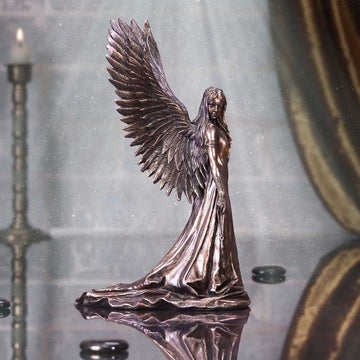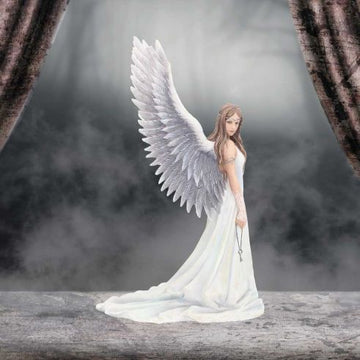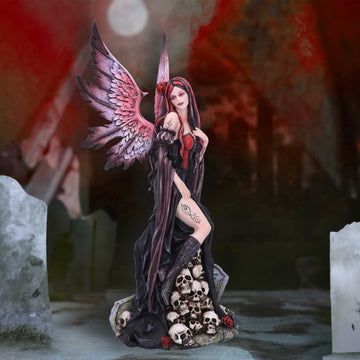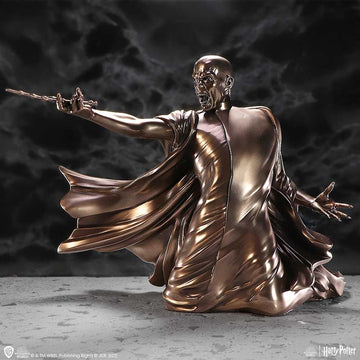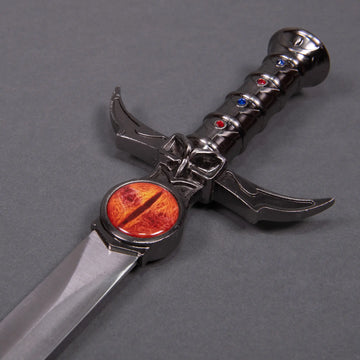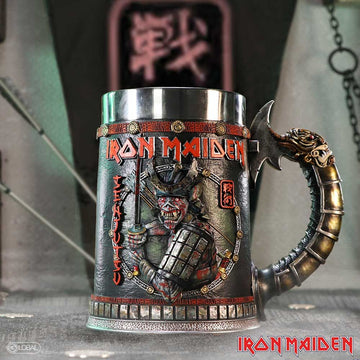The world of comic books has been dominated by two iconic publishers: DC Comics and Marvel Comics. For decades, these two giants have been producing some of the most beloved and enduring characters in the world of comics. But have you ever wondered who came first, DC or Marvel? In this article, we'll delve into the origins of these two legendary publishers, exploring their early histories, key milestones, and the impact they've had on the comic book industry.
Origins of DC Comics
DC Comics, formerly known as National Allied Publications, was founded in 1934 by Malcolm Wheeler-Nicholson. The company's first publication was New Fun: The Big Comic Magazine #1, which featured a mix of original material and reprinted comics. However, it was the introduction of Superman in Action Comics #1 in 1938 that truly put DC on the map. Created by Jerry Siegel and Joe Shuster, Superman was an instant hit, and his popularity helped establish DC as a major player in the comic book industry.
In the early 1940s, DC introduced other iconic characters, including Batman, created by Bob Kane and Bill Finger, and Wonder Woman, created by William Moulton Marston. These characters, along with Superman, formed the foundation of DC's roster and helped shape the company's identity.
Origins of Marvel Comics
Marvel Comics, formerly known as Timely Comics, was founded in 1939 by Martin Goodman. The company's first publication was Marvel Comics #1, which featured the Human Torch, a character created by writer-artist Carl Burgos. However, it was the introduction of Captain America in Captain America Comics #1 in 1941 that brought Marvel its first major success. Created by Joe Simon and Jack Kirby, Captain America was a patriotic superhero who fought against the Nazis during World War II.
In the 1950s and 1960s, Marvel introduced other iconic characters, including the Fantastic Four, created by Stan Lee and Jack Kirby, and Spider-Man, created by Stan Lee and Steve Ditko. These characters, along with Captain America, formed the foundation of Marvel's roster and helped establish the company as a major competitor to DC.
Comparison of Key Milestones
While DC was founded first, Marvel's early success with Captain America helped establish the company as a major player in the comic book industry. Here's a comparison of some key milestones in the early histories of DC and Marvel:
- First Publication: DC's New Fun: The Big Comic Magazine #1 (1934) vs. Marvel's Marvel Comics #1 (1939)
- First Iconic Character: DC's Superman (1938) vs. Marvel's Captain America (1941)
- First Team-Up Comic: DC's Justice Society of America (1940) vs. Marvel's Fantastic Four (1961)
Cultural and Historical Impact
The early works of DC and Marvel had a significant impact on the comic book industry and popular culture as a whole. Superman, Batman, and Captain America became cultural icons, symbolizing truth, justice, and the American way. The Fantastic Four and Spider-Man helped establish Marvel as a major competitor to DC, and their success paved the way for other iconic characters like the X-Men to banding their main heros together in the Justice League and the Avengers with fan favourites like Iron Man and Thor with his trusty Mjolnir Hammer.
The rivalry between DC and Marvel also drove innovation and creativity in the comic book industry. The two companies continually pushed each other to produce better stories, characters, and artwork, which ultimately benefited fans and helped shape the medium into what it is today.
So, who came first, DC or Marvel? The answer is DC, which was founded in 1934, five years before Marvel. However, Marvel's early success with Captain America and other iconic characters helped establish the company as a major player in the comic book industry.
In the end, the rivalry between DC and Marvel has been a driving force behind the comic book industry's growth and evolution. Both companies have produced some of the most beloved and enduring characters in the world of comics, and their contributions to popular culture are undeniable.
